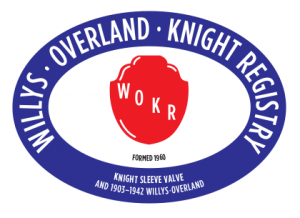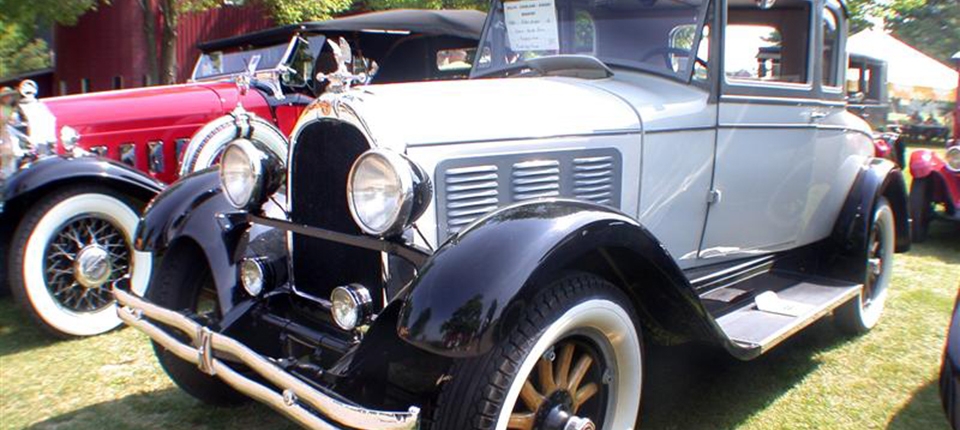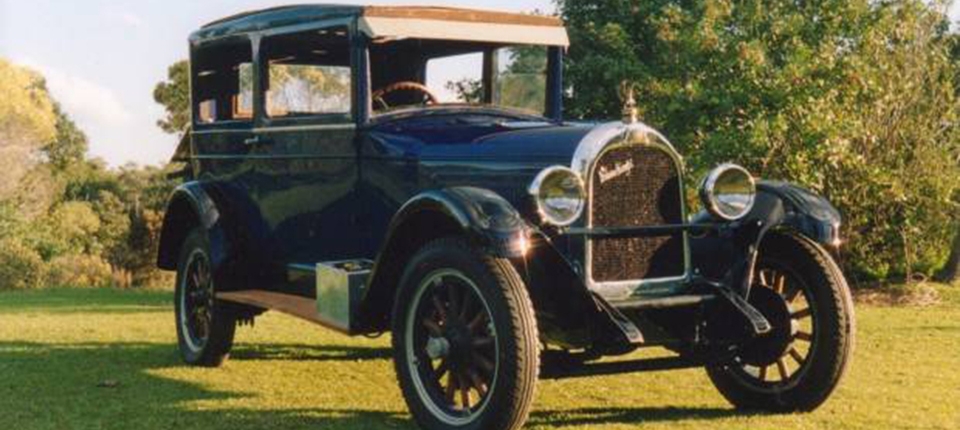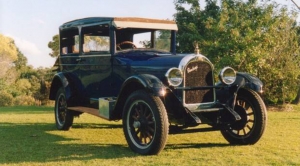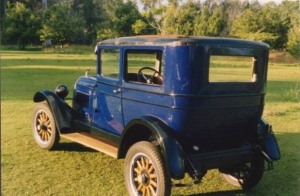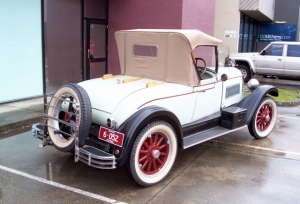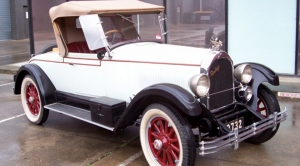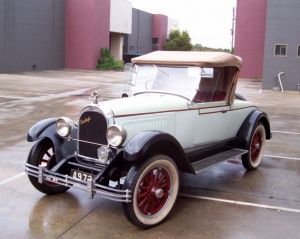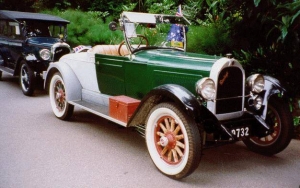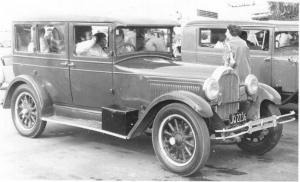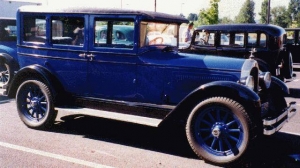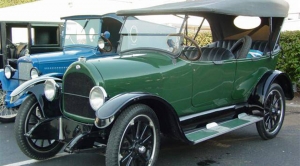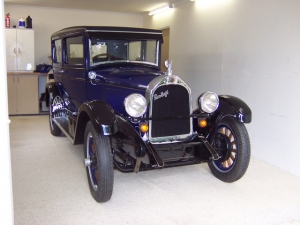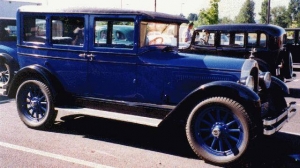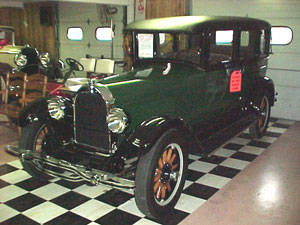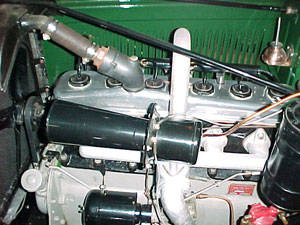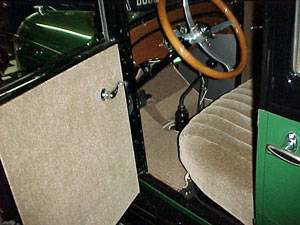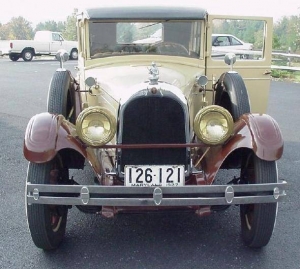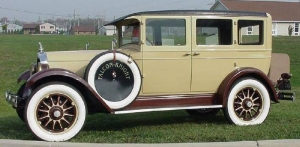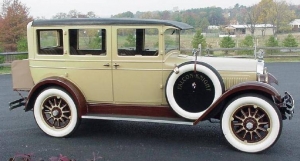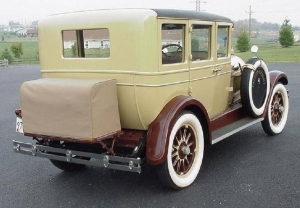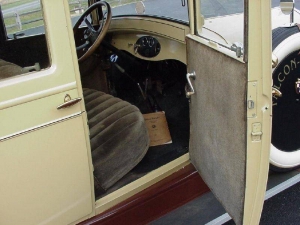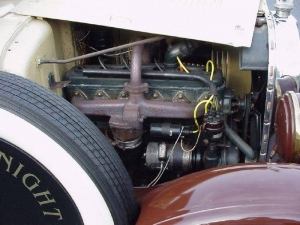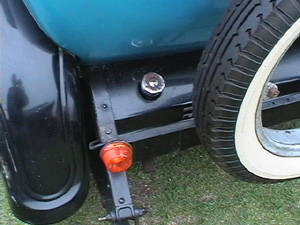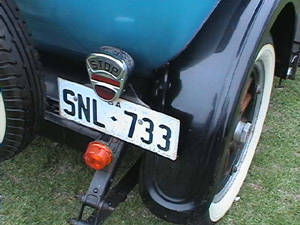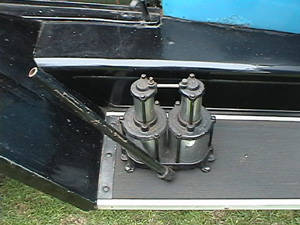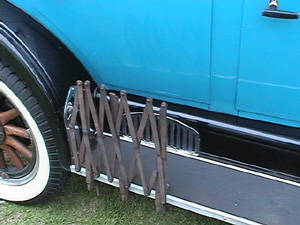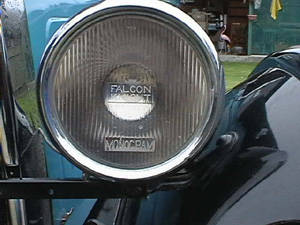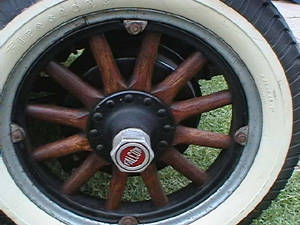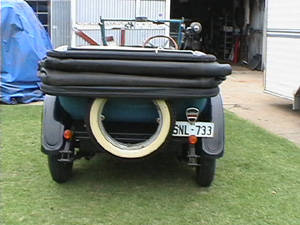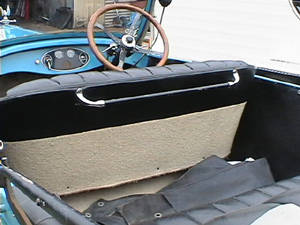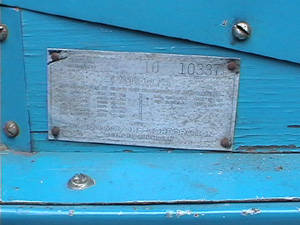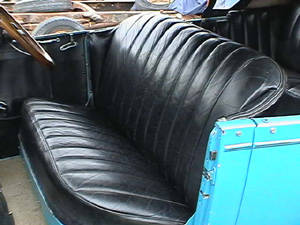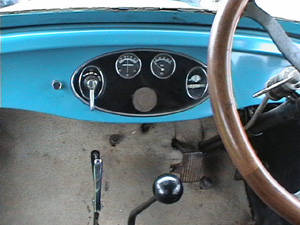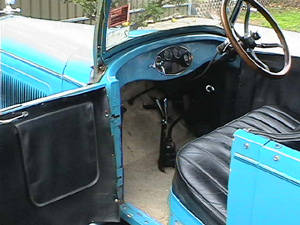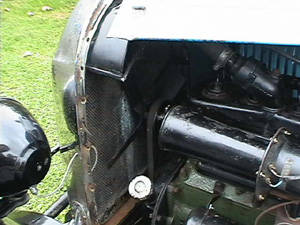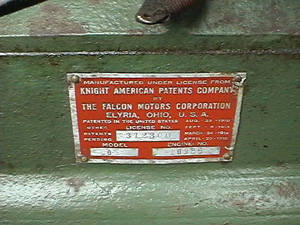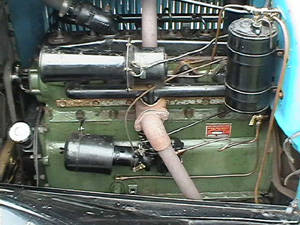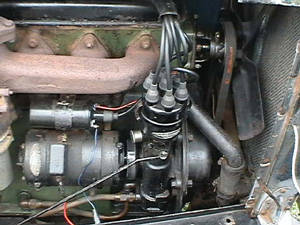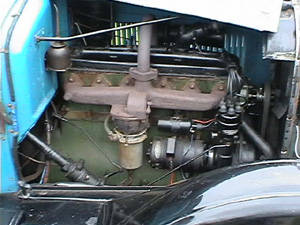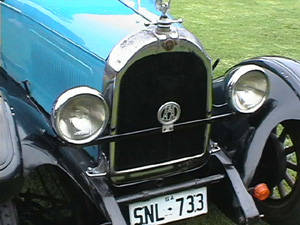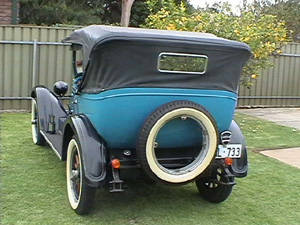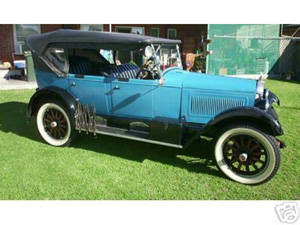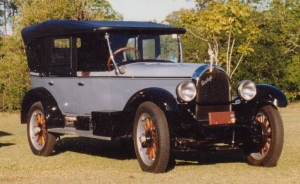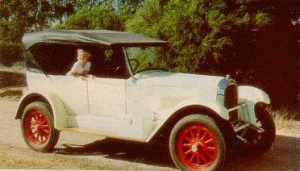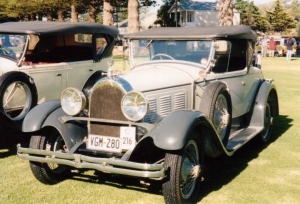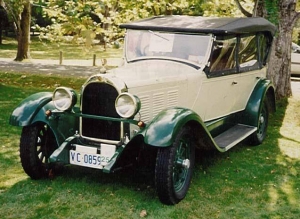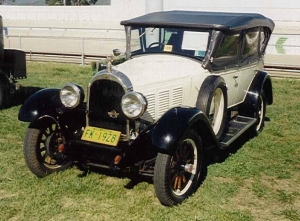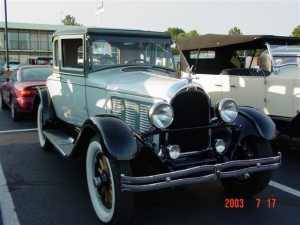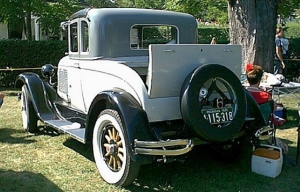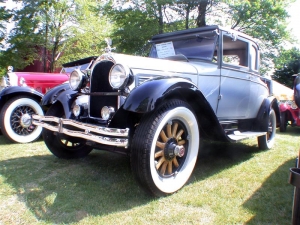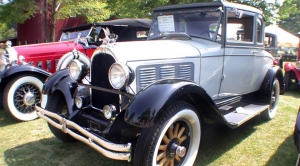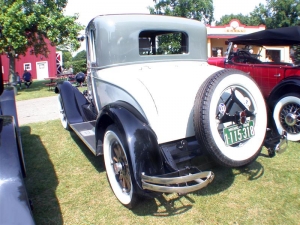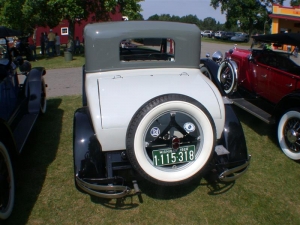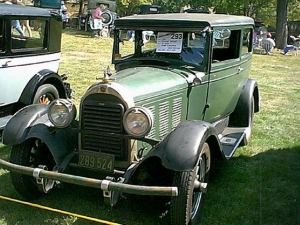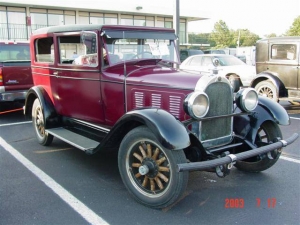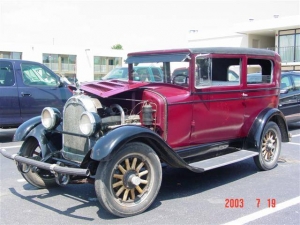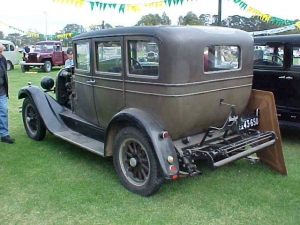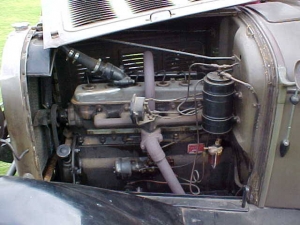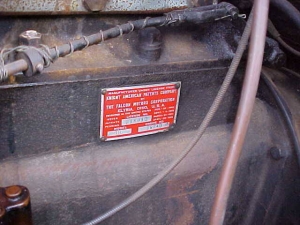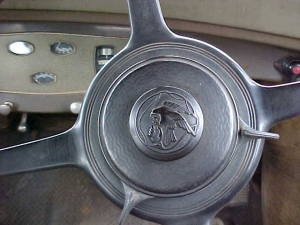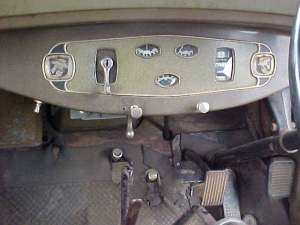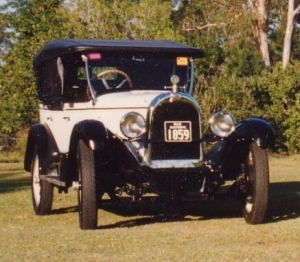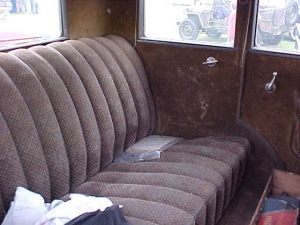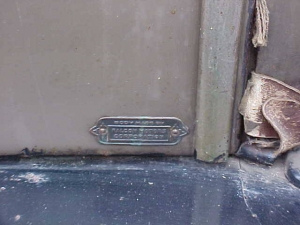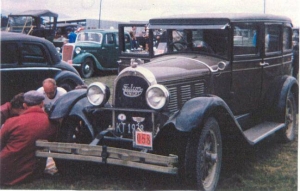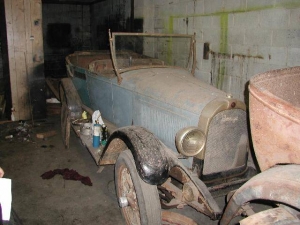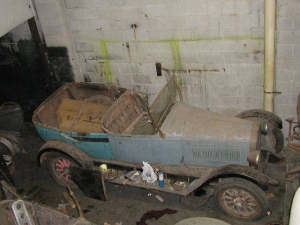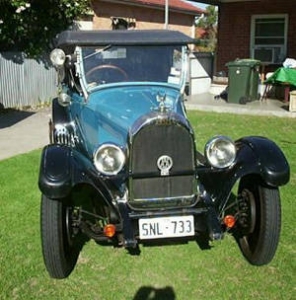Falcon Knight History
On November 15, 1926, press releases issued from Detroit announced a new company to manufacture a Knight sleeve-valve engine automobile to sell in the $1000 bracket. Almost daily, through December 1926, announcements were issued on the progress of the new company. On November 29, John North Willys issued a statement saying that the announcement of the new company had been premature and that his involvement was “entirely for the benefit of Willys-Overland stockholders”. Willys, of course, was the largest W-O stockholder. On November 20, it was announced that John A. Nichols Jr., a former Dodge Vice President, would be President of the new company. Nichols brought several Dodge and Chrysler executives with him.
Announcement of the company name – Falcon Motors Corporation – and the name of the car – Falcon Knight was made on December 11, and a week later it was announced that the car would be built in the former Garford Truck plant in Elyria, Ohio. This plant was owned by W-O and Willys Knight engines had been made there until that work was transferred to Wilson Foundry and Machine in Pontiac, Michigan. Falcon Knight corporate headquarters were maintained in Detroit. By mid-January 1927, the first Falcon Knight, the Model 10, began appearing at auto shows, two months after the first announcements. This has to be some sort of record for getting a new car on the road, and perhaps one of the main reasons for this is that the Falcon Knight was a virtual copy, body-wise, of the Whippet 6 Model 93A which W-O had ready in the fall of 1926. Almost all sheet metal parts and many chassis parts are interchangeable between the 1927 Falcon Knight and Whippet 93A. Most part numbers in the Falcon Knight parts book begin with 7. Change this 7 to a 3 and you have the regular W-O part numbers. There are a few numbers beginning with 8 which corresponds to 4 in W-O part numbers.
The official introduction of the Falcon Knight was on March 15, 1927, with a 4-door Sedan and a 2-door Brougham being introduced. Price of the Sedan was $1095 and the Brougham $995. Landau Sedan, 2-passenger Coupe, and 4-passenger Roadster bodies were introduced shortly thereafter. Some speculation exists as to whether a Touring may have been offered for the US domestic market or not. Although drawings and specifications exist, there is no mention of a Touring body in the parts book, nor in any 1927 or 1928 sales literature. Overseas markets such as Australia are of course a different matter, but even then it’s likely such cars received the same Touring body as Whippet 93A.
The Falcon Knight engine, at 2 15/16 x 3 7/8 bore and stroke, is smaller than the Willys Knight 70A engine, but looks very similar and many parts interchange. The engine develops 46 bhp at 2800 rpm with an RAC Horsepower rating of 20.7. Except for the engine, and 3-shoe internal brakes all around, the Falcon Knight chassis matches the Whippet 93A.
In August 1927, Falcon Knight introduced its new Sports Roadster – the “Gray Ghost”, in two-tone gray paint, wire wheels, and a detachable rumble seat soft top. The Gray Ghost was originally priced at $1250, $100 less than the Willys Knight 70A Roadster.
In January 1928, the new Falcon Knight Model 12 was announced. Some exterior appearance changes took place, most notable in the sun visor and hood panels. The integral roof/sun visor of 1927 was replaced by an adjustable cadet-type visor on the closed cars. The hood louvres were changed from verticals to three groups of horizontals as used on the Willys Knight 66A. Fenders were changed from the panel crown type to full, plain crown type in keeping with the Willys Knight and Whippet changes. Bodies were redesigned and enlarged very slightly, and the instrument panel was redesigned. A rare sales folder depicts Sedan, Coach, Coupe and Roadster so it seems as if the “Brougham” terminology was changed to “Coach”. It would appear that the Landau and Grey Ghost bodies were dropped. Engine changes involved adopting Nelson invar-strut rods and 4-ring pistons. The rear axle was changed from the split type to banjo type. Very few chassis changes were made, none of consequence.
Perhaps John North Willys and others involved with the Falcon Knight had a feeling that the car would not make it in the marketplace, for at the time of announcement of the 1928 Model 12 Falcon Knight, W-O announced its new Willys Knight Model 56, an almost identical car in the same price range. No doubt, this fact had an immediate impact on Falcon-Knight sales, but production continued throughout 1928, in fact, some “leftover” assembly work continued into early 1929. In March 1929, the Elyria work force switched to making truck components for W-O, and Falcon Motors was absorbed by W-O.
Falcon Knight Serial Numbers
1927: 1000-11426
1928: 12000-18423
Assuming all these numbers were used, at most only 16,851 could have been built. A large portion of Falcon Knights were exported, mainly to Scandinavia, Australia, and New Zealand.
Falcon Knight Color Schemes (USA)
1927 Model 10 Landau: Franklin Gray (dark) body, black moulding, Wasatch Gray (light) striping.
1927 Model 10 Sedan: Allegheny Green body, black moulding, Gold striping.
1927 Model 10 Brougham (2 door): Adamello Green (dark) body, black moulding, Larog Green (light) striping.
1927 Model 10 Coupe: Fuji Maroon body, black moulding, Gold striping.
1927 Model 10 Roadster: Grainger Brown above moulding, Stone Gray below moulding, black moulding, Ivory striping.
1927 Model 10 Gray Ghost Roadster: Silver Gray body with darker gray fenders, aprons & moulding.
1928 Model 12 Sedan: Kalyuk Drab top and above belt, Grainger Brown wheels and below belt, Comfinale Tan window reveals, New Found Orange body striping and Tatoosh Cream wheel striping, Romazoff Gray belt moulding.
1928 Model 12 Coach: Illampu Green top, above belt and wheels, Lliama Green below belt, Elburg Green mouldings, Cotobaxi Green window reveals.
1928 Model 12 Coupe: No information available.
1928 Model 12 Roadster: No information available.
Falcon Knight Records
1927 Stock Car Race. A stock Falcon Knight 6 won the Mid West stock car race in Milwaukee on a one mile track making 25 miles in 24 minutes and 23 seconds. (61.5 mph average)
1928 New Transcontinental Record. With Cannonball Baker at the wheel, a stock Falcon Knight 6 fitted with Brougham (2 door) style body ran from Washington, D.C., to Los Angeles, a distance of 3,198 miles in 73 hours and 47 minutes (43 mph average). Western Union officials who were checking the record attempt were photographed with Baker’s car as it departed Washington at 1.30 am, March 27, 1928. The Falcon Knight’s time was 10 hours less than the fastest transcontinental train, and it broke the former cross continent motor car record by 6 hours and 8 minutes.
Holden Falcon Knight Body Production (Australia)
Coach 23
Sedan 37
Tourer 581
Roadster 36
Further References: Interested Readers should refer to W.O.K.R. Library or “W.O.K.R. Starter” for more information on Falcon Knight – especially the Winter 1975 edition as it shows good illustrations of the Falcon Knight range.
